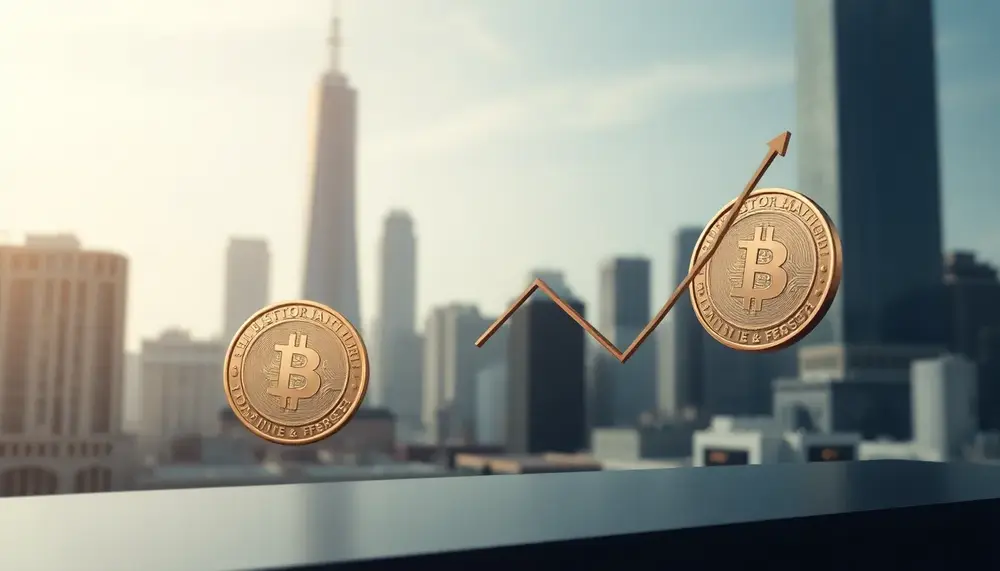Market gap
Market gap
Understanding Market Gap in Crypto Exchanges
A Market Gap, often referred to in the financial world as 'Market Capitalization,' is a key concept in cryptocurrency exchanges and all-in-one platform settings. It represents the total value of a cryptocurrency, calculated by multiplying the current market price by the total number of coins in circulation. For example, if a crypto token has 1 million units in circulation and each unit is priced at $10, the Market Gap would be $10 million.
Significance of Market Gap
The Market Gap is crucial as it helps investors and traders gauge the size and the relative market strength of a cryptocurrency. A larger Market Gap typically signifies a more established and widely accepted coin, often associated with less risk. Conversely, cryptocurrencies with smaller Market Gaps may be more volatile and present higher risk and potentially higher rewards scenarios.
Market Gap's Role in Crypto Trading
In the context of trading on an exchange or an all-in-one crypto platform, understanding the Market Gap helps traders make informed decisions. It serves as a fundamental metric for assessing whether a cryptocurrency is worth investing in. Traders look at the Market Gap to get insights into the growth potential and stability of a cryptocurrency.
Calculating Market Gap
To calculate the Market Gap, simply multiply the current price of the cryptocurrency by the total circulating supply. This measurement not only shows the current standing of the cryptocurrency but also helps in comparing it across the market to other digital assets. Such comparisons are essential for portfolio diversification and risk management in crypto trading.
How Market Gap Influences Crypto Investment Decisions
Investors often categorize cryptocurrencies based on their Market Gaps: large-cap, mid-cap, and small-cap. Large-cap cryptocurrencies are considered safer investments compared to small-caps due to their stability and higher liquidity. On the other hand, small to mid-cap cryptocurrencies might offer higher growth potential, attracting those who are willing to accept greater risk for possibly larger gains.

